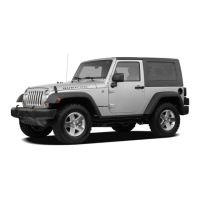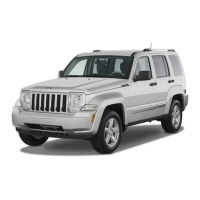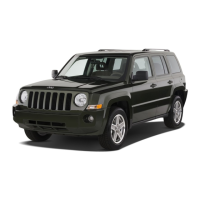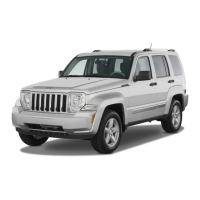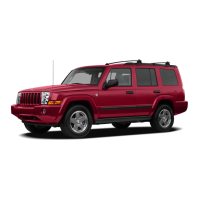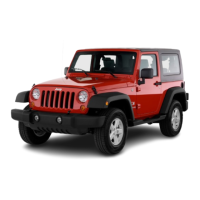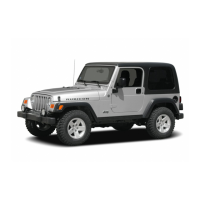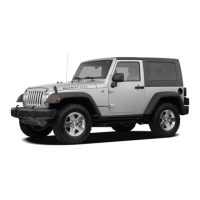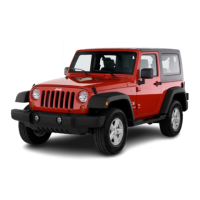
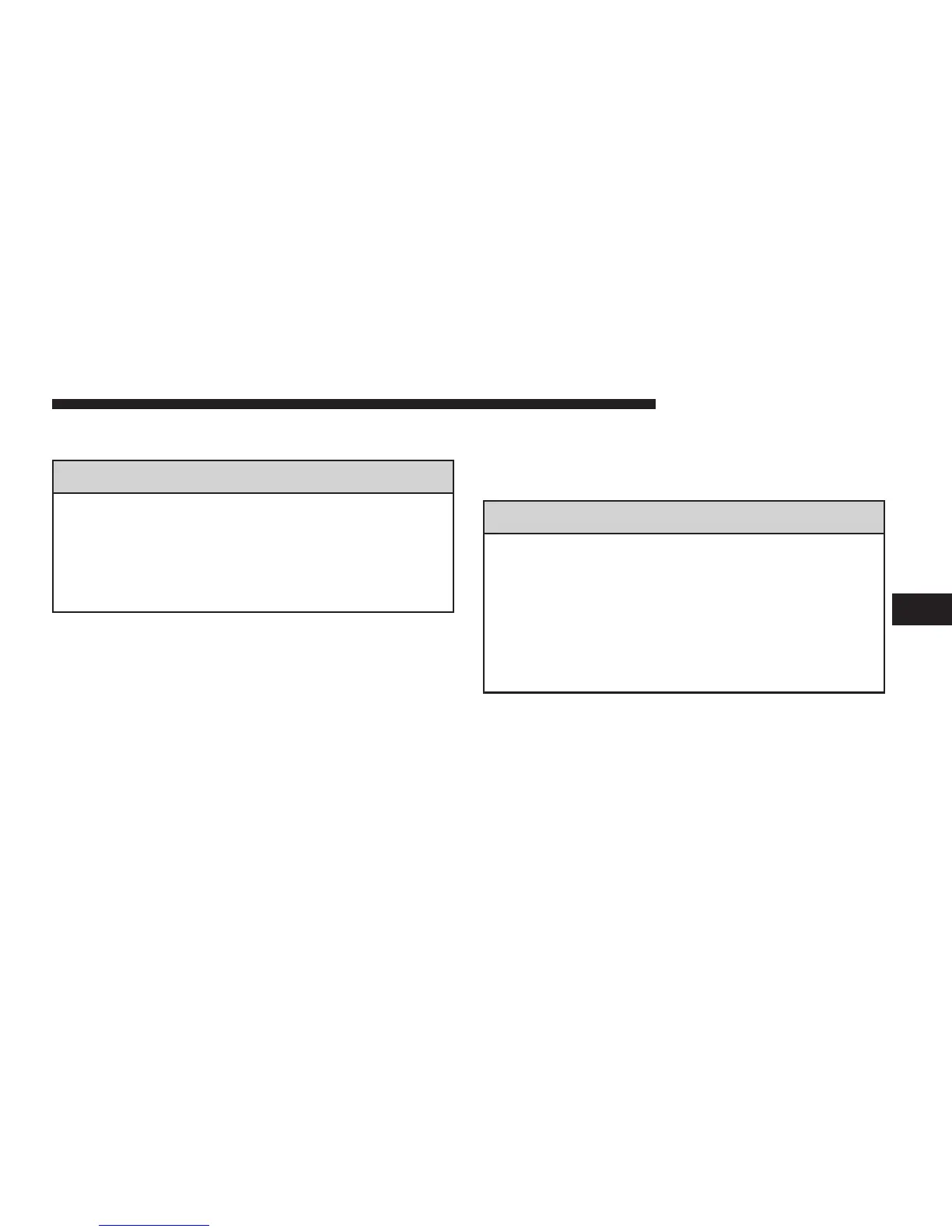 Loading...
Loading...
Do you have a question about the Jeep 2008 Wrangler and is the answer not in the manual?
| Brand | Jeep |
|---|---|
| Model | 2008 Wrangler |
| Category | Automobile |
| Language | English |
Utility vehicles have a higher rollover rate due to higher ground clearance and center of gravity.
Manual contains warnings for accidents/injury and cautions for vehicle damage.
Details seat belts, front airbags, and side airbags for occupant safety.
Guidelines for safely securing children in the vehicle using appropriate restraints.
Provides essential safety advice for vehicle operation and awareness.
Covers front seat adjustment, height, recline, and easy entry features.
Explains the function and adjustment of head restraints for whiplash protection.
Overview of dashboard components including air outlets, cluster, radio, and controls.
Details on manual heater, mode control, blower, temperature, and A/C operation.
Covers normal starting, cold weather starting, and engine failure to start.
Explains Command-Trac and Rock-Trac systems, shift positions and precautions.
Covers tire markings, loading, pressure, and general safety information.
Provides safety tips, definitions, and requirements for towing a trailer.
Explains the function and activation of the emergency warning system.
Steps to take to reduce overheating potential and actions for a hot cooling system.
Covers jack location, preparations, instructions, and warnings for tire changes.
Procedure for jump starting a vehicle with a discharged battery, including warnings.
Covers checking oil level, changing oil, oil selection, and filter.
Details protection against carbon monoxide and maintenance for the exhaust system.
Information on coolant checks, drain/flush/refill, and pressure cap.
Provides intervals for scheduled maintenance based on miles, kilometers, or months.
Details specific maintenance items and their corresponding service intervals.
Guidance on contacting dealers and customer centers for vehicle issues.
Information on reporting potential vehicle safety defects to NHTSA and the manufacturer.
Explains tire grading categories: Treadwear, Traction, and Temperature.
